The Iberian lynx is said to be the most endangered cat in the world. Their numbers are contained in only a few locations these days.
The last sightings anywhere near us were in 1975, even though they like open forests , thickets and scrub, which we have in abundance. I did think I saw one once sitting on a fence post near the ancient palace up the road, which has lots of land around it, but my companions disagreed, somewhat scoffingly I thought, even though it had rather tufty Lynx-like ears...
Our elderly neighbour, the lovely Josefa, has commented about some of the village ferals that this one or that one 'has some wild cat' in it. There may be a bit of a similarity. Here's a photo of a lynx on the left and a photo of Gaia on the right.
According to the conservation group SOS Lynx, if the Iberian lynx died out, it would be the first feline species to become extinct since prehistoric times. Captive breeding and reintroduction programs have boosted their numbers, and in 2013, Andalucia (in the south of Spain) had a population of 309, living in the wild.
The fact that an adult Lynx requires between 5 and 20 square kms to roam means it could get into trouble in areas with fast country roads. In fact, 22 were killed in 2014 on highways. That's a lot when you consider there are so few in existence. Imagine hitting one, madre mia!
Hunting-wise it is a rabbit 'specialist' and has not adapted well following some major rabbit diseases such as myxomatosis.
There are some wonderful conservation attempts, and this BBC story describes such things as tunnels being built under busy roads so the animals (and many others no doubt?) can travel safely through the countryside.
So are they in our local population of feral cats? Adam just commented on the photos above that, well, they're both cats! I guess you could add, cats with tabby-ish markings.
'Our' ferals can be quite large, and some do have a very similar look, but given that the last time there were any lynxes here was around 40 years ago, if they had been interbreeding I guess those genes are getting ultra-diluted these days.
Isn't it so ironic that there have to be breeding programmes for the lynx - and neutering programmes for the ferals.
More links on lynxes here, here, here and here.
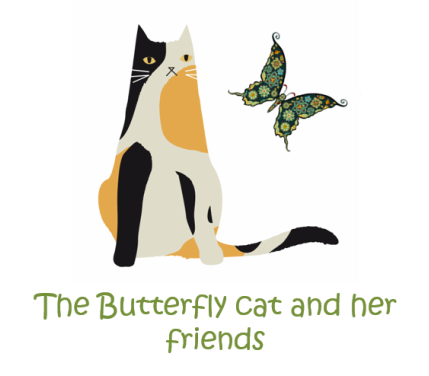
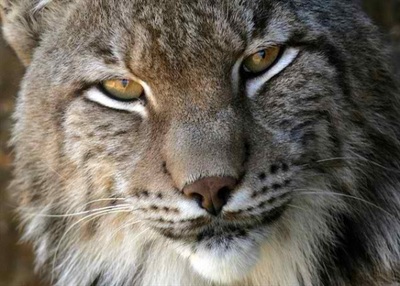
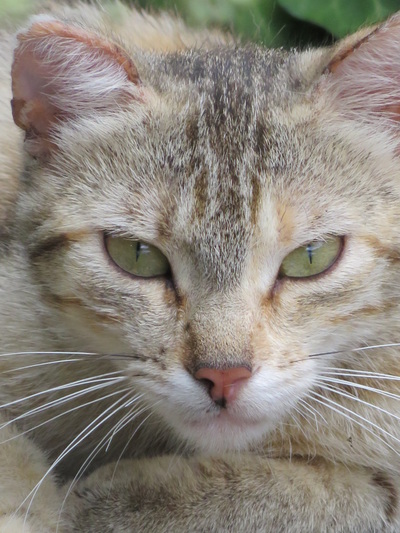
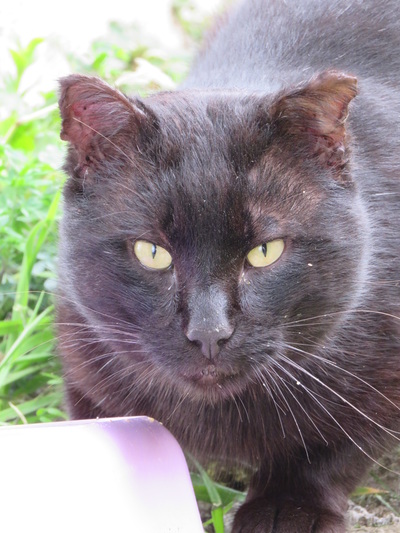
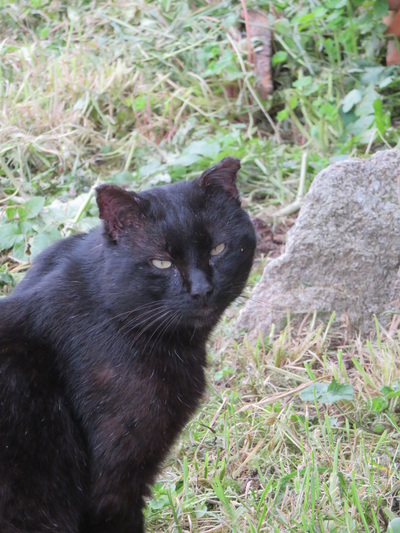
 RSS Feed
RSS Feed